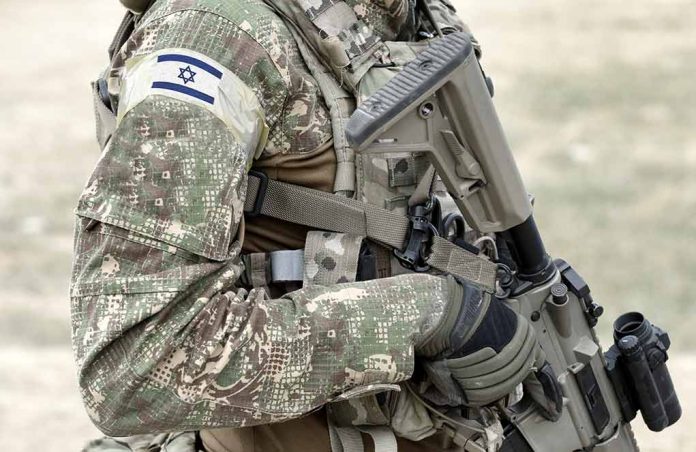
A transformative shift in military tactics has been declared by Israel’s Defense Minister, Israel Katz, who revealed a new strategy for Gaza focusing on acquiring and maintaining territory.
Key Takeaways
- Israel is prepared to expand its Gaza military campaign if Hamas refuses to release hostages.
- Katz’s strategy emphasizes territorial control and buffer zones over temporary raids.
- The plan includes infrastructure changes and restricted aid to weaken Hamas.
- The strategy faces internal and external criticism regarding hostage prioritization.
- Elaborate strategy intertwines with long-term regional security considerations.
A Strategic Shift in Gaza
Israeli Defense Minister, Israel Katz, announced a major change in Gaza operations, focusing on the establishment of permanent buffer zones. This contrasts with prior practices of short-term raids, marking a notable shift in Israel’s military strategy. The core intent is to secure the border communities by annexing parts of Gaza into security zones, consequently preventing infiltrations and attacks.
The strategy was outlined on social media where Katz emphasized the release of hostages held by Hamas as a top priority. If Hamas persists in its refusal to release them, Katz warned Israel is ready to intensify its military actions. The plan is criticized for potentially prioritizing territorial gains over securing the hostages’ freedom, yet Katz insisted hostages’ release remains paramount.
Infrastructure and Humanitarian Measures
The military plan incorporates comprehensive measures including infrastructure destruction and restrictions on humanitarian aid. Katz indicated that limiting aid aims to undermine Hamas’s influence by strategically isolating them. A mechanism using civilian companies to manage aid distribution is proposed to ensure it circumvents Hamas, highlighting Israel’s attempt to weaken Hamas’s grip on Gaza.
Infrastructure designed for the distribution of aid through Gaza’s civil society intends to provide necessary assistance without empowering Hamas. In parallel, efforts to evacuate Gazan residents from conflict areas have begun, with voluntary relocation plans underway.
Long-Term Defense Strategy
Israel’s long-term approach also mirrors its operations in Lebanon and Syria, where maintaining territorial control acts as a defensive measure. The IDF’s continued presence in these annexed areas aims to form a barrier between enemy forces and Israeli civilians. Such strategies, while acclaimed for their defensive merits, are being observed closely amidst political and humanitarian concerns.
“The policy of Israel in Gaza, conducted by the command of the Israel Defense Forces (IDF) with the support of the political leadership, is clear and unambiguous: first and foremost, to take all measures for the release of all hostages within the framework of [U.S. Presidential Envoy Steven] Witkoff’s plan, and subsequently to create the conditions for the defeat of Hamas,” Katz stated.
Despite the bold declarations and strategic realignments, reports indicate a modest pace in military operations. This variance from expectations may reflect the complexity and challenges involved in reshaping the Gaza landscape. Meanwhile, international observers are scrutinizing these developments, considering their implications for regional security and political balance.





